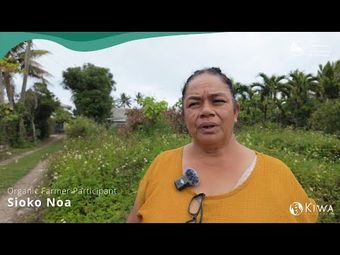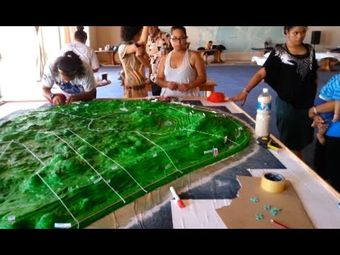Relational accountability in indigenizing visual research for participatory communication
- Description:
- This article argues that an indigenous approach to communication research allows us to re-think academic approaches of engaging in and evaluating participatory communication research. It takes as its case study the Komuniti Tok Piksa project undertaken in the Highlands of Papua New Guinea. The project explores ways in which visual methods when paired with a community action approach embedded wi...
- Display date:
- 2016-01-25
- Location:
- Papua New Guinea
- Format:
- Journal article
- Collections:
- Research Bank
- Publisher:
- SAGE
- Content partner:
- Unitec
- Availability:
- Not specified
-
Copyright status: Share, modifyFind out more about what you are able to do with this itemMore informationUnitec has this to say about the rights status of this item:
© The Author(s) 2016 This article is distributed under the terms of the Creative Commons Attribution 3.0 License (http://www.creativecommons.org/licenses/by/3.0/) which permits any use, reproduction and distribution of the work without further permission provided the original work is attributed as specified on the SAGE and Open Access page (https://us.sagepub.com/en-us/nam/open-access-at-sage).
What can I do with this item?Non-infringing useNZ copyright law does not prevent every use of a copyright work, and this item may be hosted by an international institute or organisation. You should consider what you can and cannot do with a copyright work.Share itThis item is suitable for copying and sharing with others, without further permission.Modify itThis item is suitable for modifying, remixing and building upon, without further permission.Check about commercial useYou'll need to confirm with the copyright holder using this item for commercial purposes.
The information on this site has been gathered from our content partners.
The names, terms, and labels that we present on the site may contain images or voices of deceased persons and may also reflect the bias, norms, and perspective of the period of time in which they were created. We accept that these may not be appropriate today.
If you have any concerns or questions about an item, please contact us.

